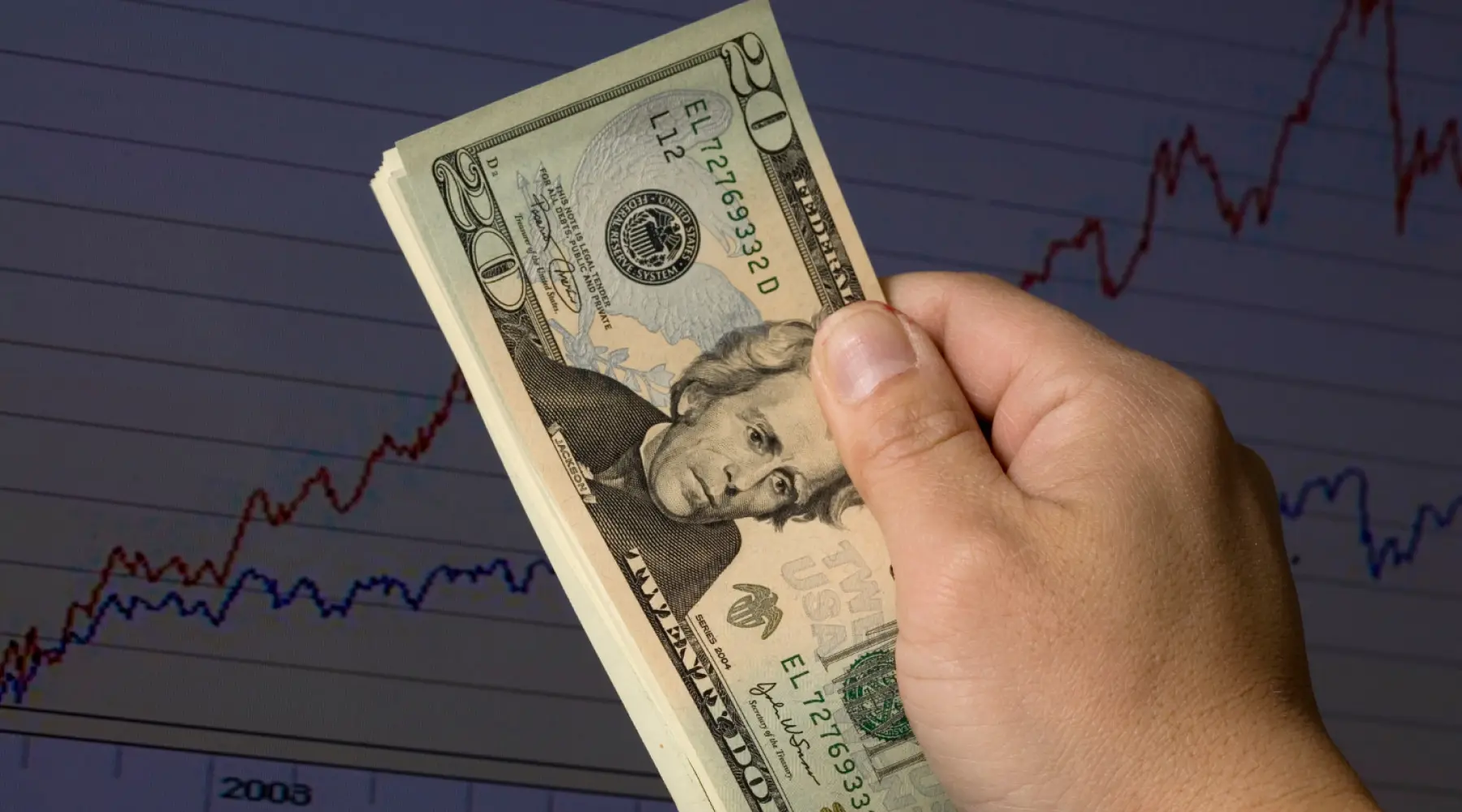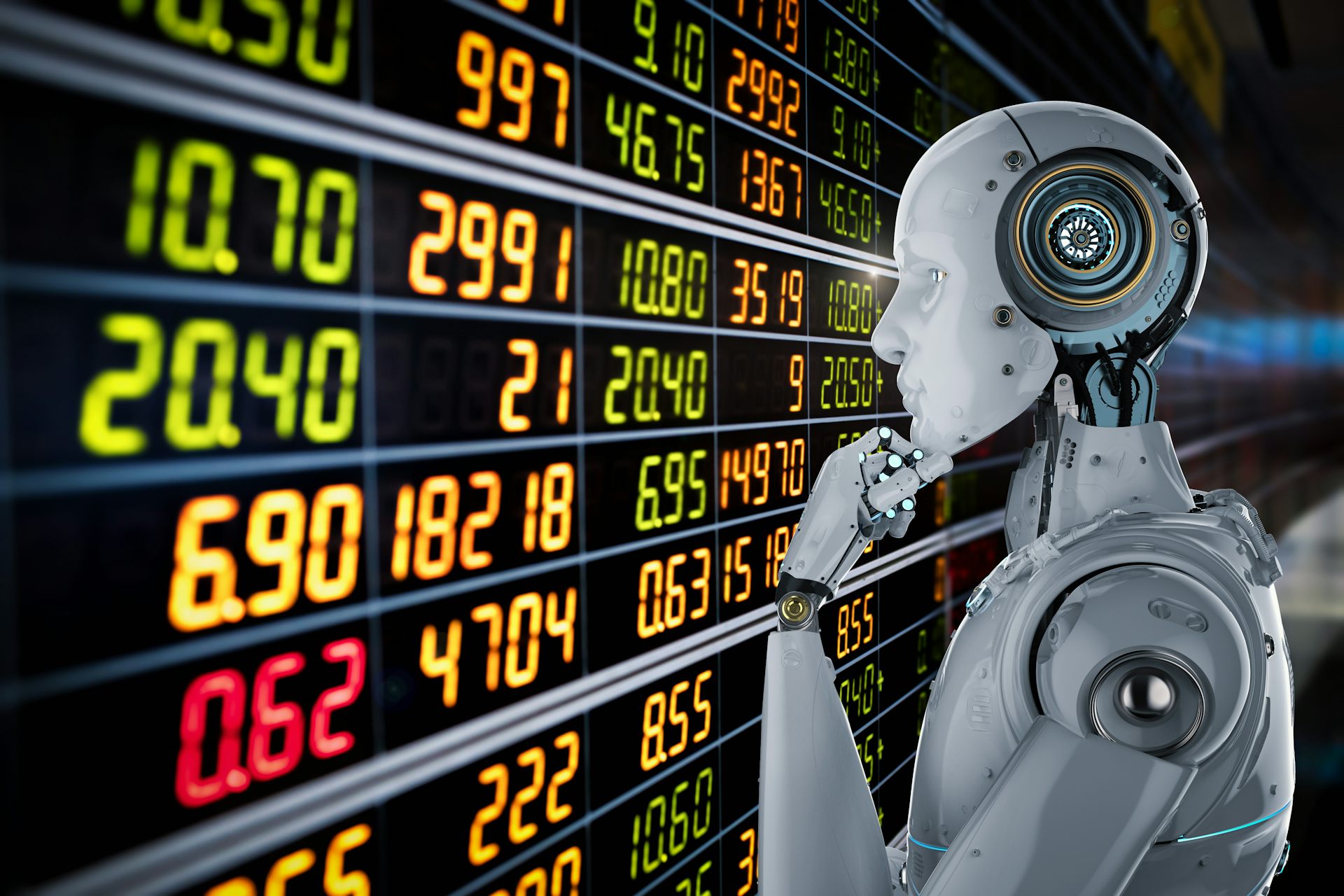In the ever-evolving landscape of trading, the pursuit of mastery often feels akin to navigating a labyrinth. For aspiring traders and seasoned professionals alike, simulated trading on historical data emerges as a powerful ally, transforming the shadows of uncertainty into a landscape of clarity and comprehension.
Imagine stepping into a time machine, where every tick of the market can be examined—every rise and fall of prices can be dissected, and every mistake can be turned into a valuable lesson. This 2024 guide delves into the nuances of simulated trading, highlighting how the meticulous study of previous market behaviors not only hones tactical skills but also fosters a robust psychological framework essential for real-world trading.
As we embark on this exploration, you’ll discover how this innovative approach enhances learning, cultivates confidence, and ultimately paves the way for informed trading decisions in our fast-paced financial world.
The Importance of Historical Data in Trading Simulations

Historical data serves as the backbone of trading simulations, allowing traders to immerse themselves in the dynamics of past market behaviors. By revisiting real-world scenarios—from economic crises to unexpected political events—traders can analyze how various factors influenced price movements, making sense of the chaos that often accompanies financial markets.
This practice not only sharpens strategic thinking but also enhances risk management skills, as traders learn to anticipate different outcomes based on historical patterns. Moreover, the ability to experiment with diverse trading strategies in a risk-free environment using a replay chart free tool fosters a deeper understanding of market mechanics, enabling traders to develop a more intuitive grasp of potential pitfalls and opportunities. Ultimately, utilizing historical data in trading simulations transforms abstract theories into actionable insights, preparing individuals for the unpredictability of live markets.
Risk Management and Emotional Discipline

Risk management in trading is not merely a safety net; it’s a vital framework that can determine success or failure. Engaging in simulated trading on historical data strengthens this framework by allowing traders to experiment without the financial stakes of real markets.
As they navigate various market scenarios, they develop a deeper understanding of risk exposure and learn the mechanics of setting stop-loss orders. Yet, mastering risk management also demands a strong sense of emotional discipline.
Traders often find themselves grappling with fear and greed, two potent forces that can derail even the best strategies. In the safety of a simulation, practitioners can confront their psychological responses, honing their ability to stay calm and make rational decisions amid market turmoil.
This dynamic interplay between calculated risk-taking and emotional control serves as a cornerstone of effective trading, providing a robust foundation for future successes.
The Role of Technology and AI in Trading Simulations

In the realm of trading simulations, technology and AI have become indispensable allies, reshaping how aspiring traders navigate the complexities of the market. Picture a world where algorithms analyze vast quantities of historical data in mere seconds, uncovering patterns that would take humans eons to discern.
This potent combination of technology and artificial intelligence empowers learners to engage with virtual trading environments that replicate real-world scenarios—complete with market volatility and sudden shifts. With each transaction, participants can experiment without the financial risk, adapting their strategies in response to AI-generated insights that mentor them in real time.
Moreover, the interactive nature of these simulations fosters a deeper understanding of market dynamics, encouraging a continual cycle of learning and adaptation. As both novice and seasoned traders interact with ever-evolving digital platforms, they find themselves at the forefront of a trading revolution, where data-driven decisions and innovative technologies converge to illuminate the path to successful trading.
Conclusion
In conclusion, simulated trading on historical data offers an invaluable opportunity for traders at all levels to refine their skills and strategies without the immediate risks associated with live trading. By interacting with past market conditions, traders can develop a deeper understanding of market dynamics and enhance their decision-making abilities.
Tools like the replay chart free tool further enrich this learning experience, allowing users to analyze their trades in real-time scenarios and improve their predictive capabilities. As we move further into 2024, embracing simulated trading will undoubtedly remain a crucial component for anyone serious about mastering the art of trading.


